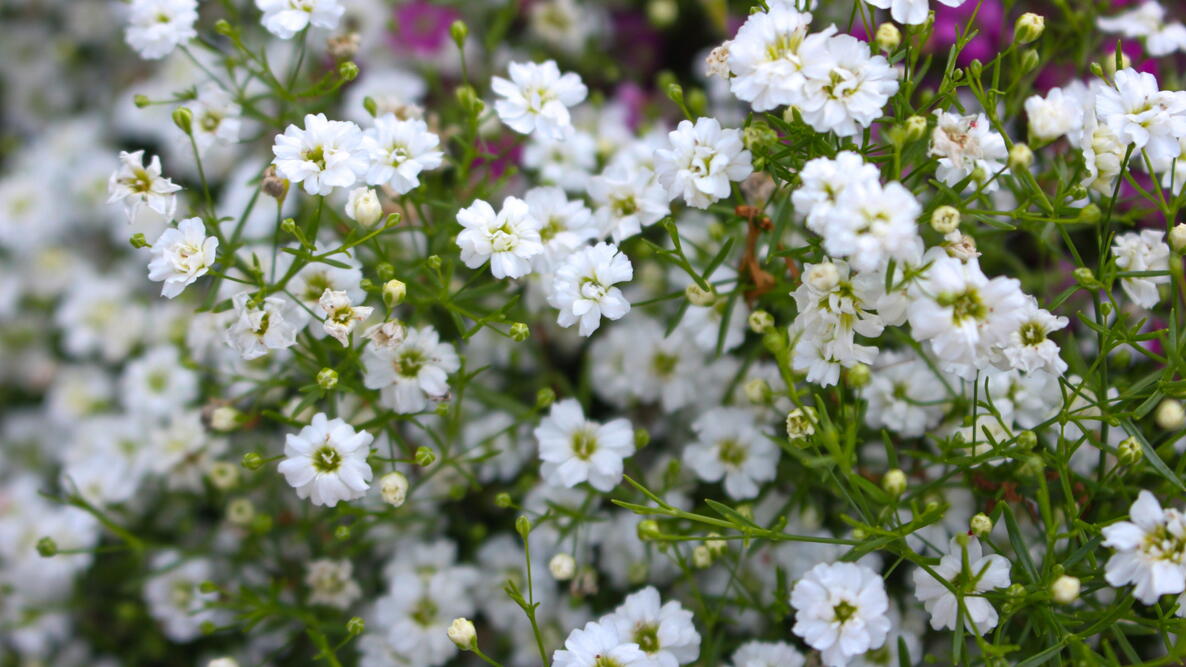
Photo Credit
Roollooralla/Shutterstock
Subhead
A soft, airy flower that’s perfect for gardens, borders, and bouquets.
Read Next
Types
- ‘Pink Creeping’ baby’s breath (Gypsophila repens ‘Rosea’) is hardy to Zones 4–7 and makes an excellent ground cover. It reaches 6 to 8 inches in height and will cascade over rocks and stone walls.
- ‘Covent Garden Market’ (G. elegans) is a mid-height annual that makes an excellent filler for flower bouquets.
- ‘Snowflake’ is a tall, heirloom perennial variety with brilliant white flowers.

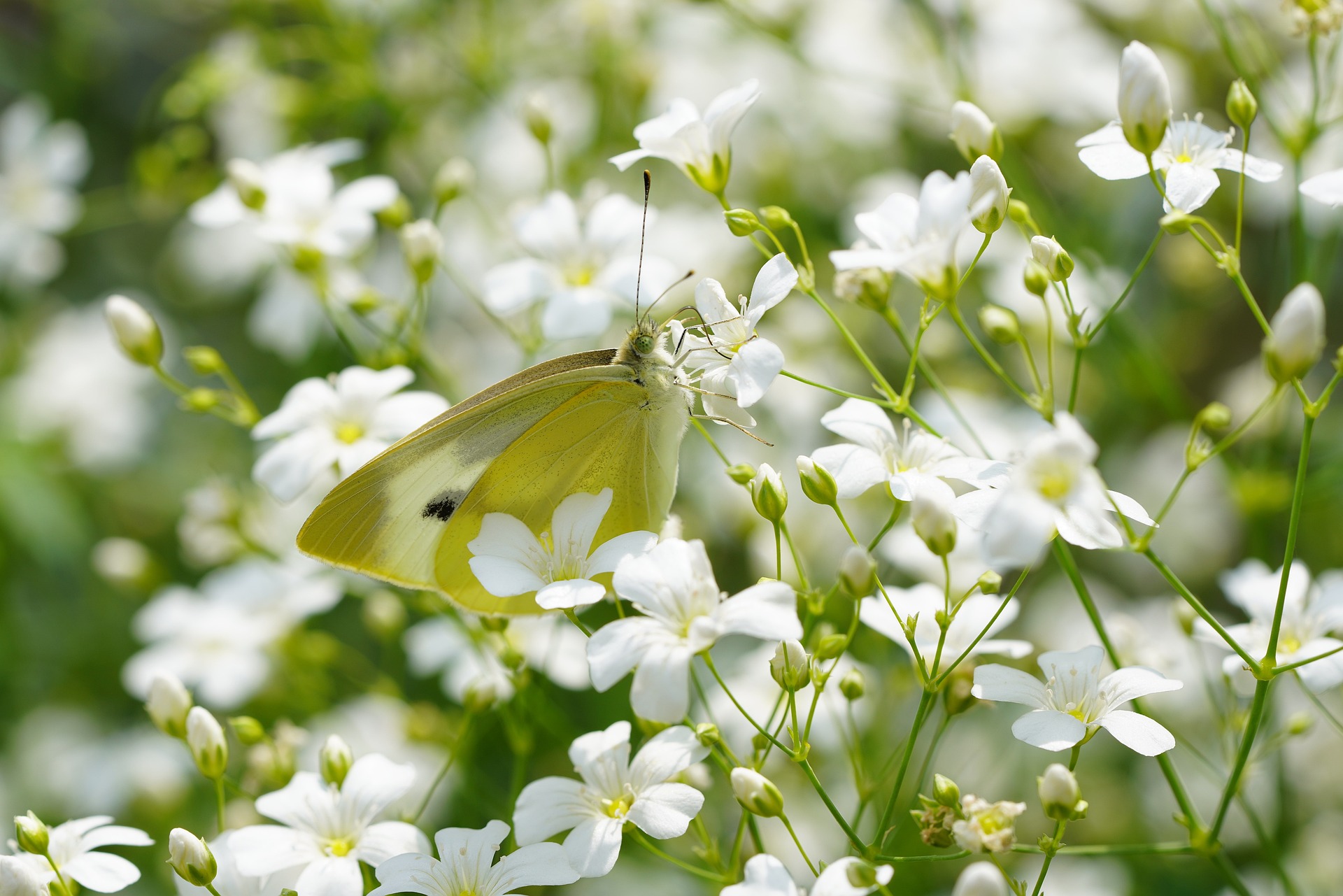
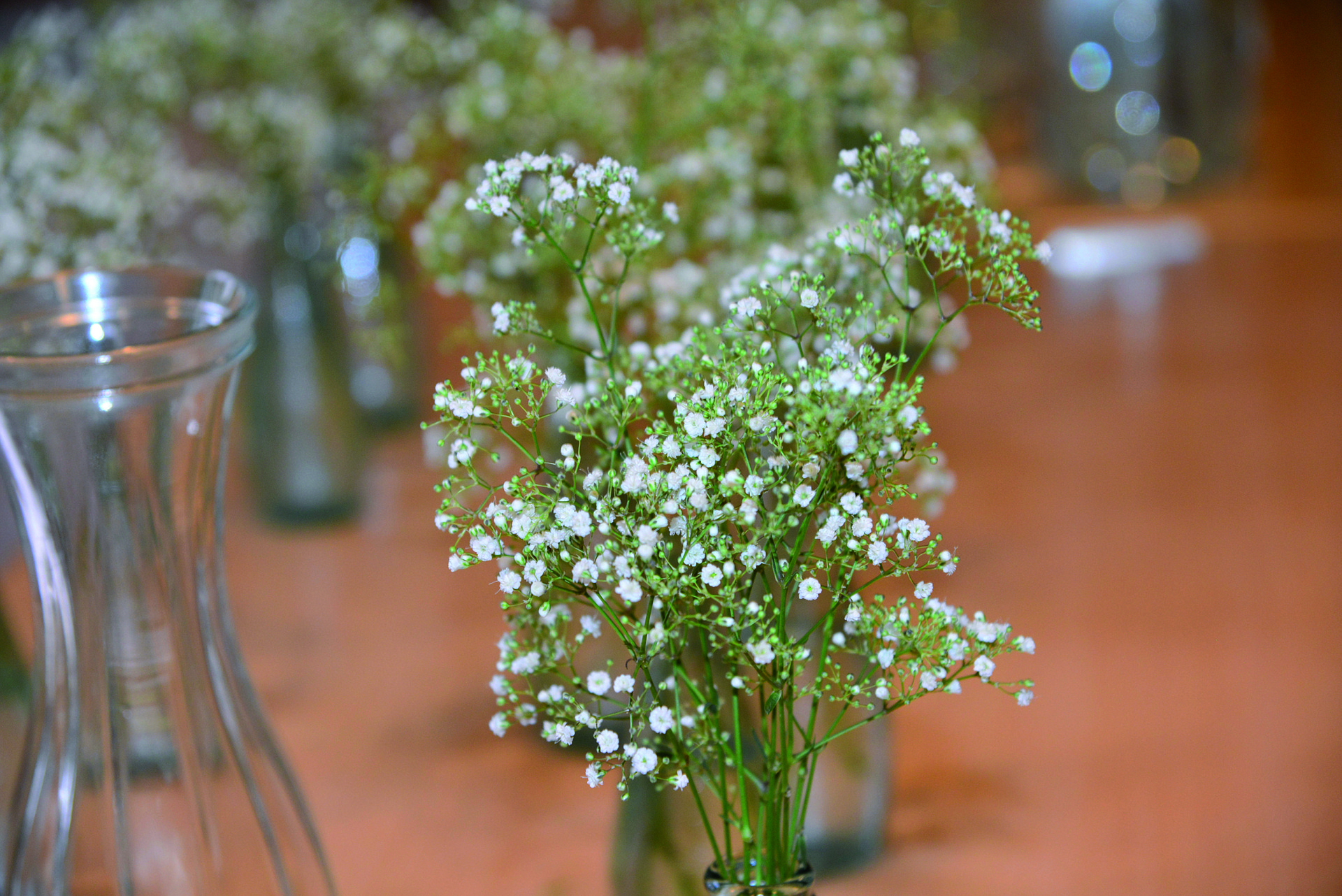
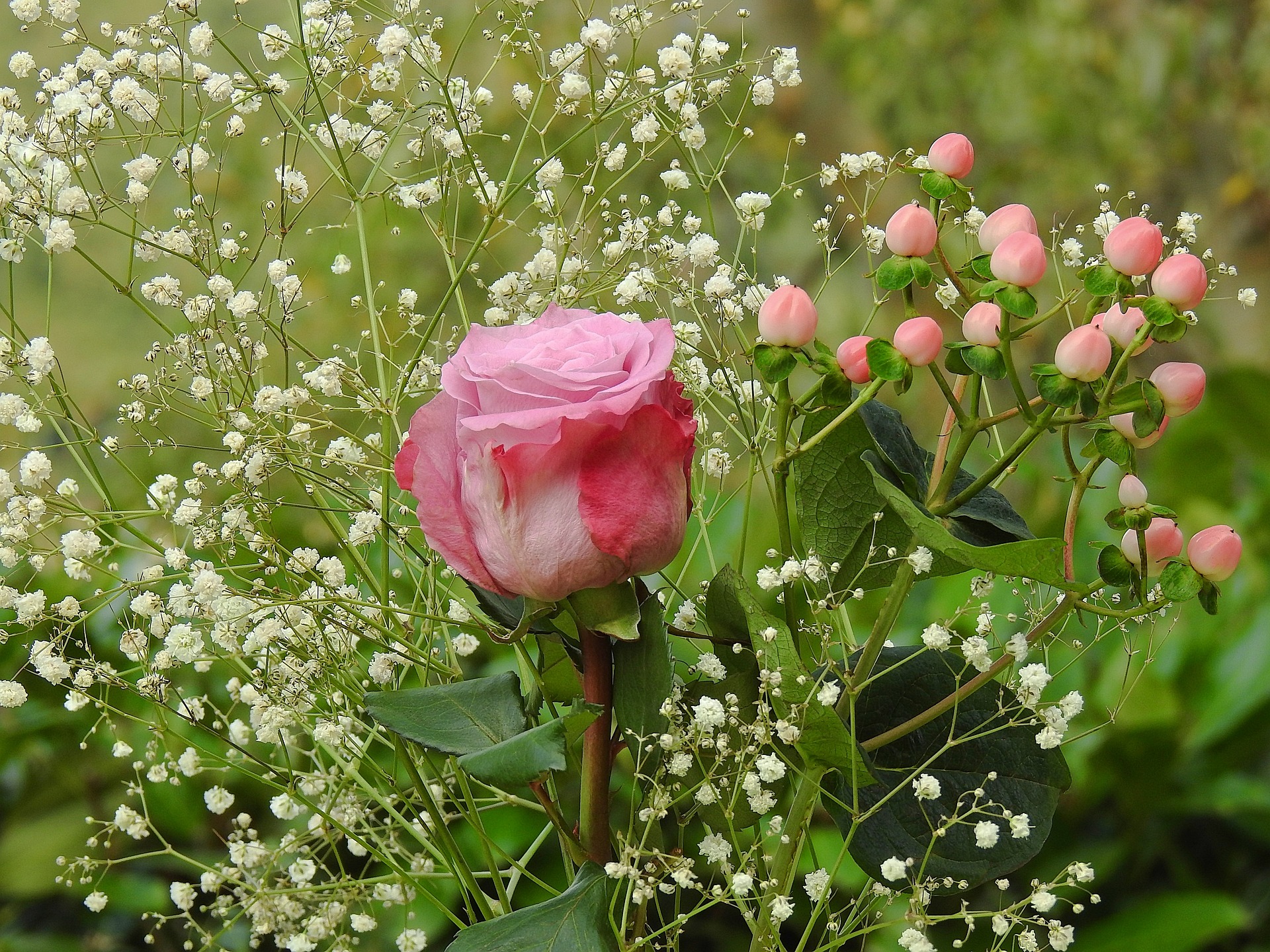



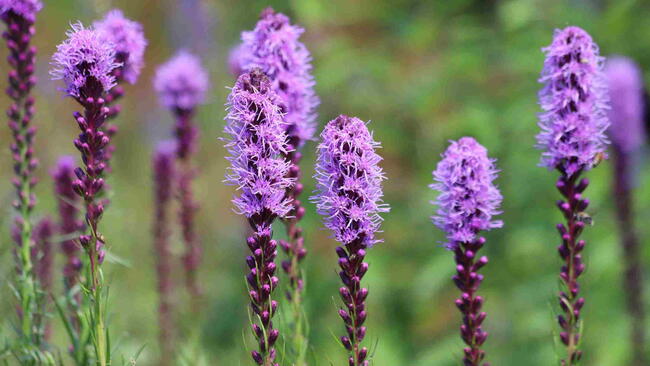




Comments